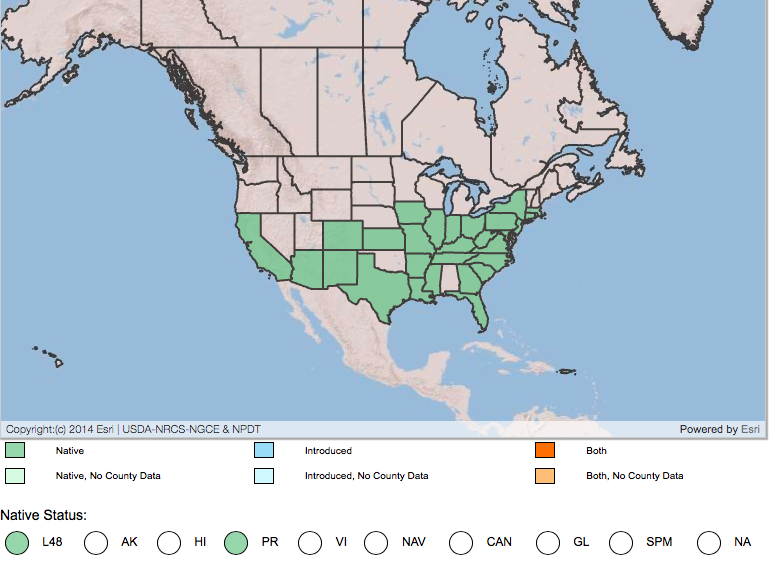Alache: A Hidden Mexican Superfood (and How to Cook It!)
Anoda cristata (L.) Schltdl.
This entire article began with a chance encounter with an unusual “weed” I found in our box garden: the very weed in the video above.
Since the flower had stamens fused in that characteristic column that you might see in a hibiscus flower, and had segmented wheel-shaped schizocarp fruit, I knew this weed was a Malvacea family member, and was therefore edible. Aside from the cotton plant, there are no known poisonous Mallow family members [4]; this nugget is easy long-term survival information. Anyways, what I did not know was 1) which mallow it was, and 2) where it came from.
The field guide, Colorado Flora (Eastern Slope) [10] confirmed it was Anoda cristata: a native plant primarily to the subtropics and tropics of the Americas (Bolivia/Mexico/South America/etc) with a range that reaches up the American South and eastern costal states (and Ontario), as well as the southern tip of South America [2]. This plant also shows up a smattering of introduced colonies all over the world [2].
This weed has less than a handful of names in the English language (maybe two), but a MYRIAD of names in the Spanish language. That’s a clue to us that—in the Spanish-speaking Americas— this plant is a much bigger deal than it is here.
We are not mistaken in this assumption.
In this article, we will handle this plant as a “big deal,” and thus call it by one of its most common names instead of its half-translated English/Latin moniker, “crested anoda.”
Today we learn as much as we can about this humble tropical quelite who just happens to be cooked with great affection in Mexico and myriad parts south. Today we explore the world of Anoda cristata:
Alache
Family — Malvacea
Family Characteristics — Plants in the Malvacea family have multiple stamina merged into a singular column. The plants tend to be mucilaginous.
Aliases [1]— Crested Anoda, spurred anoda [ENGLISH]
alachi, amapola o amapolita, amapola o amapolita morada, yiwa taio, yiwa tiio (MIXTEC); rehue (RARAMURI); itsukua tsipata (TARASCO); pax`tamac (TOTONACA); yaxal (TZELTAL); momol, yax noch (TZOTZIL); tsayaltsay, tzayaltzai (YUCATáN) [NATIVE MEXICAN]
Abrisca, aguatosa (OAXACA REGION), alache, altea, alushi, amapola del campo, amapola silvestre, amapolita azul, amapolita del campo, amapolita morada, bimalva, botón, halache (PUEBLA REGION), helanche (PUEBLA REGION), malva, malva cimarrona, malva de castilla, malvarín, malvavisco, malvilla, panelita, pie de gallo, quesitos, violeta, violeta de monte, violeta silvestre, violeta del campo. [SPANISH].
Binomial Etymology — A- (from LATIN) refers to “no,” or “without.” -noda refers to “nodes,” or “joints;” cristata (from LATIN) means “crested.” [7]
Binomial Pronunciation: — uh-NO-duh - kris-TAY-tuh
USDA SYMBOL: ANCR2
Pictorial Description
Photos taken by Kevin Healey
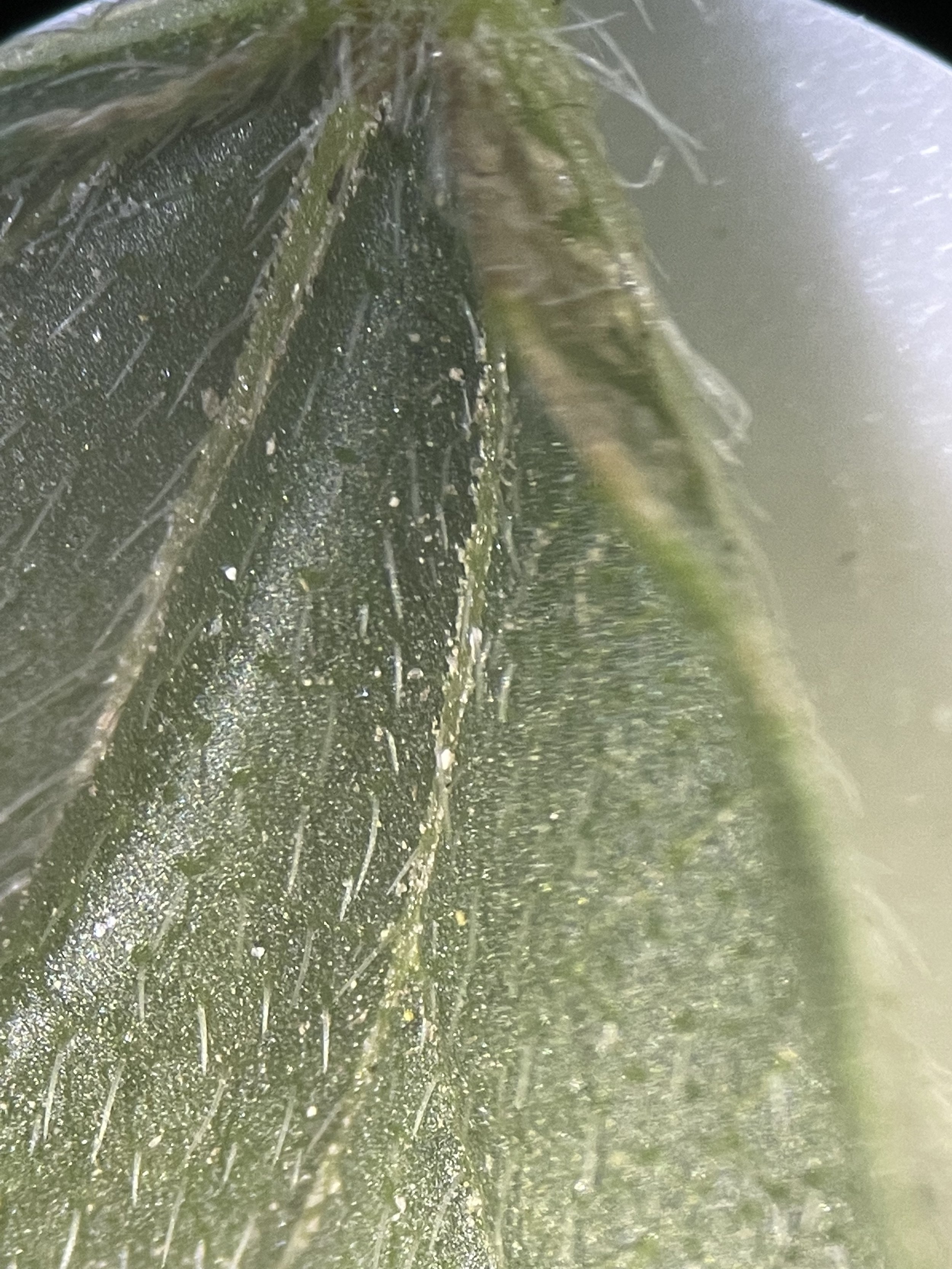
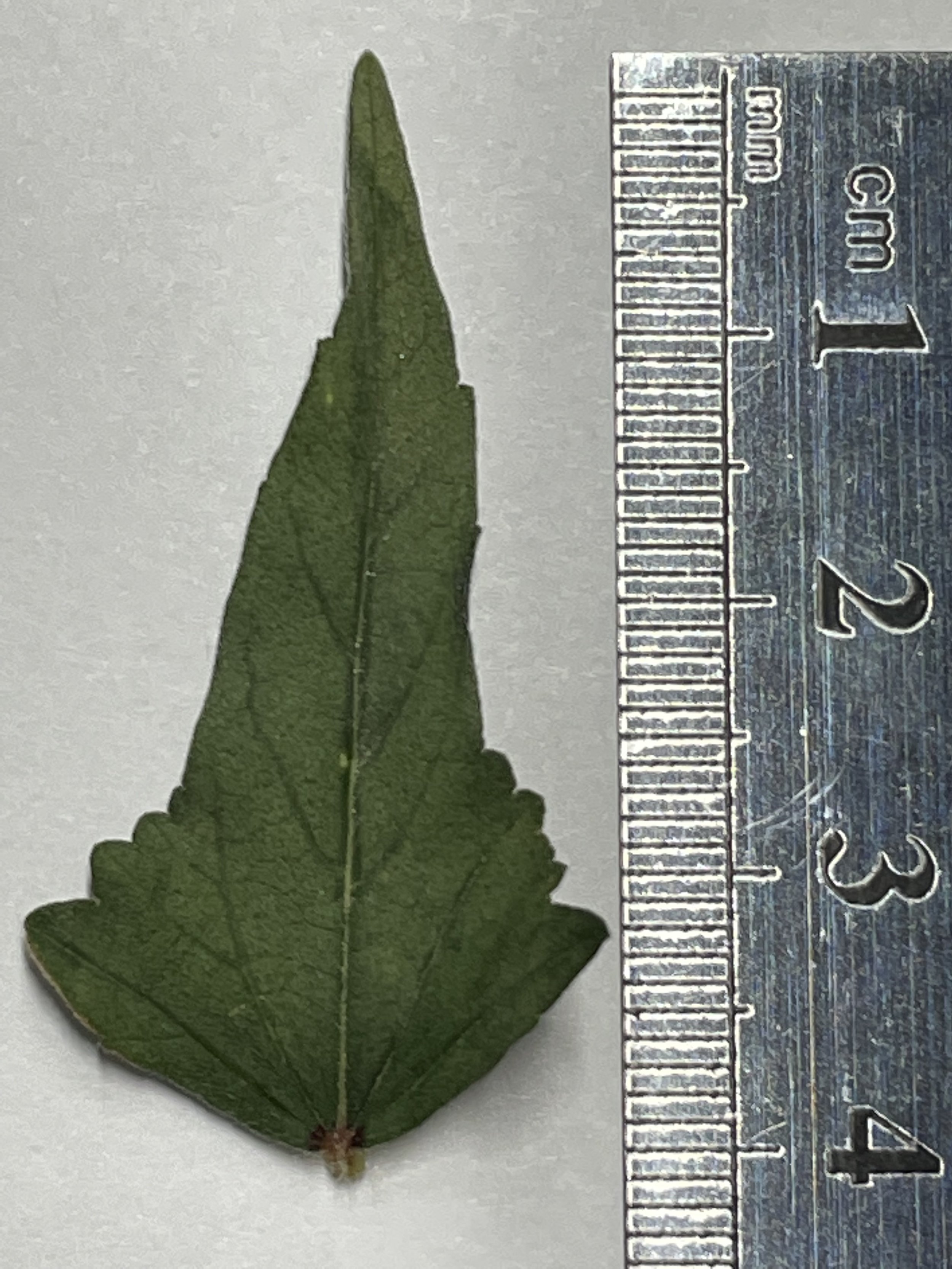
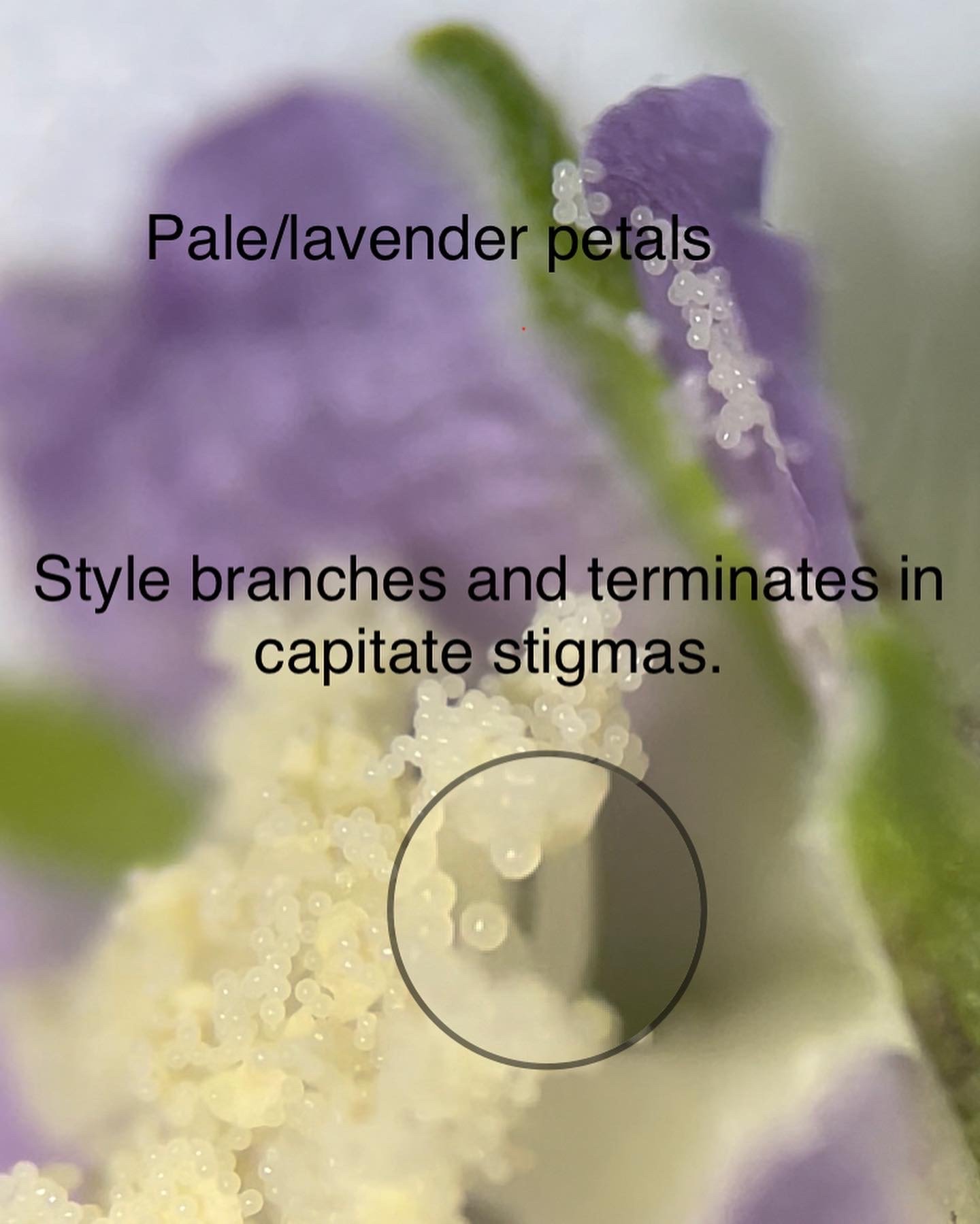
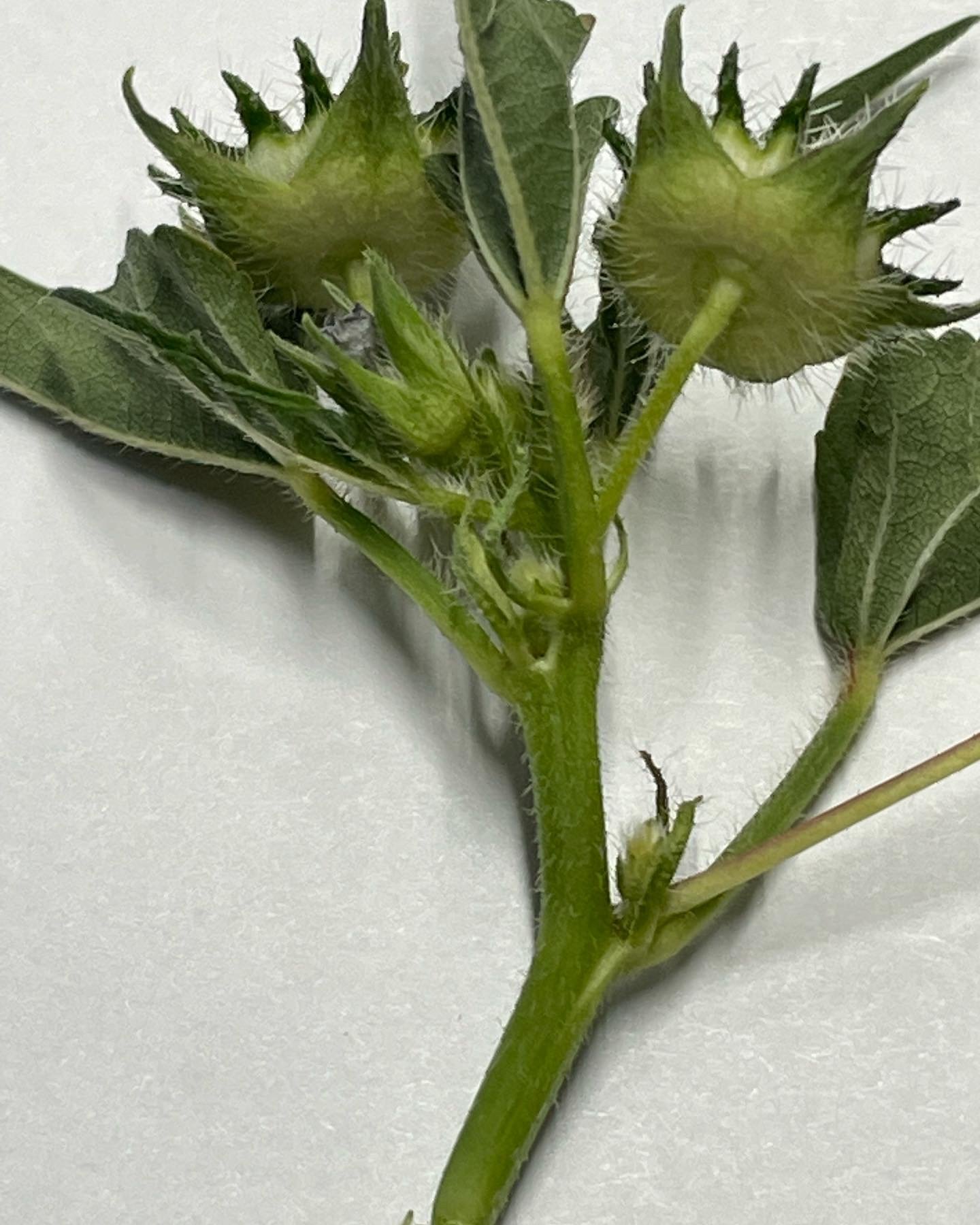
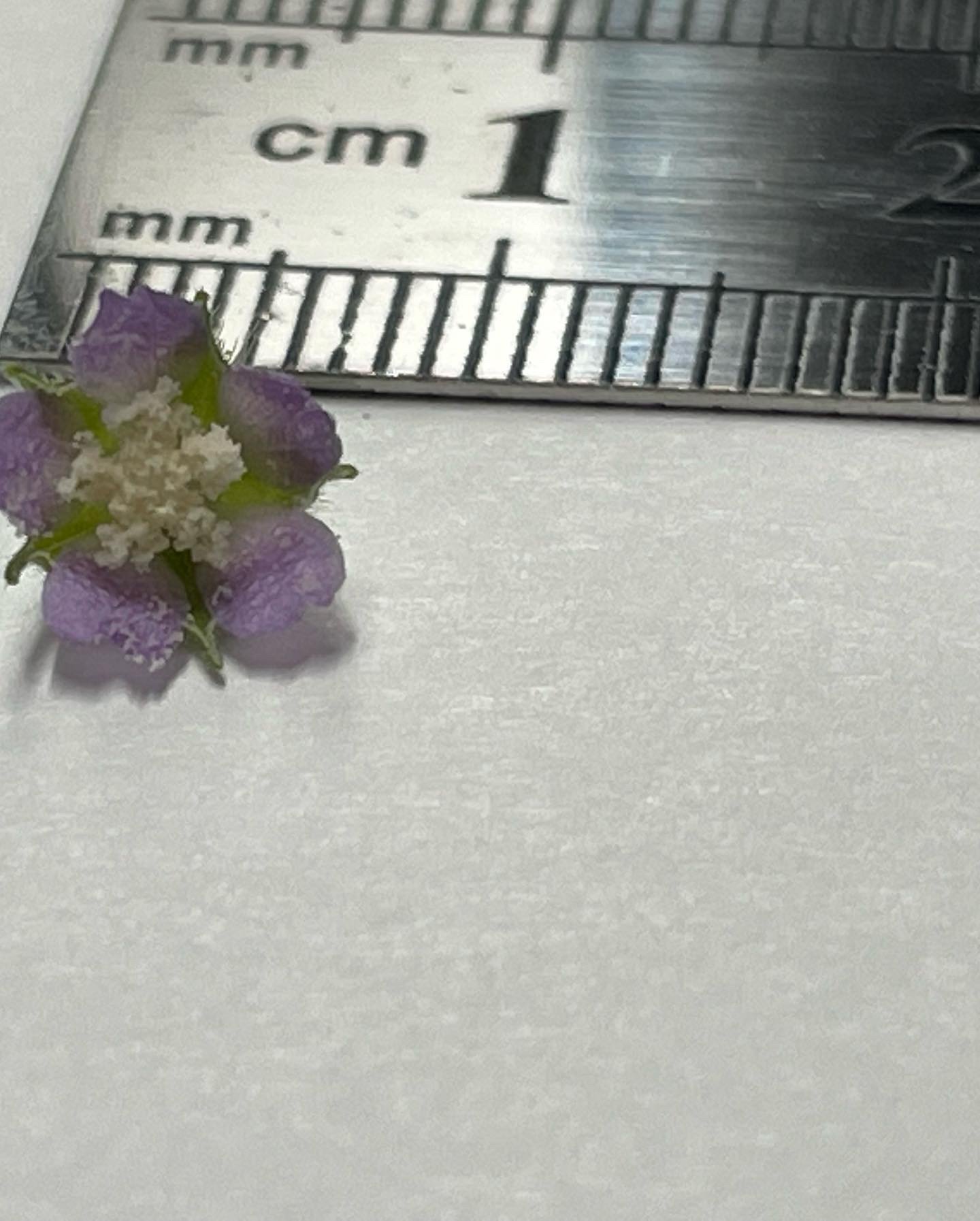

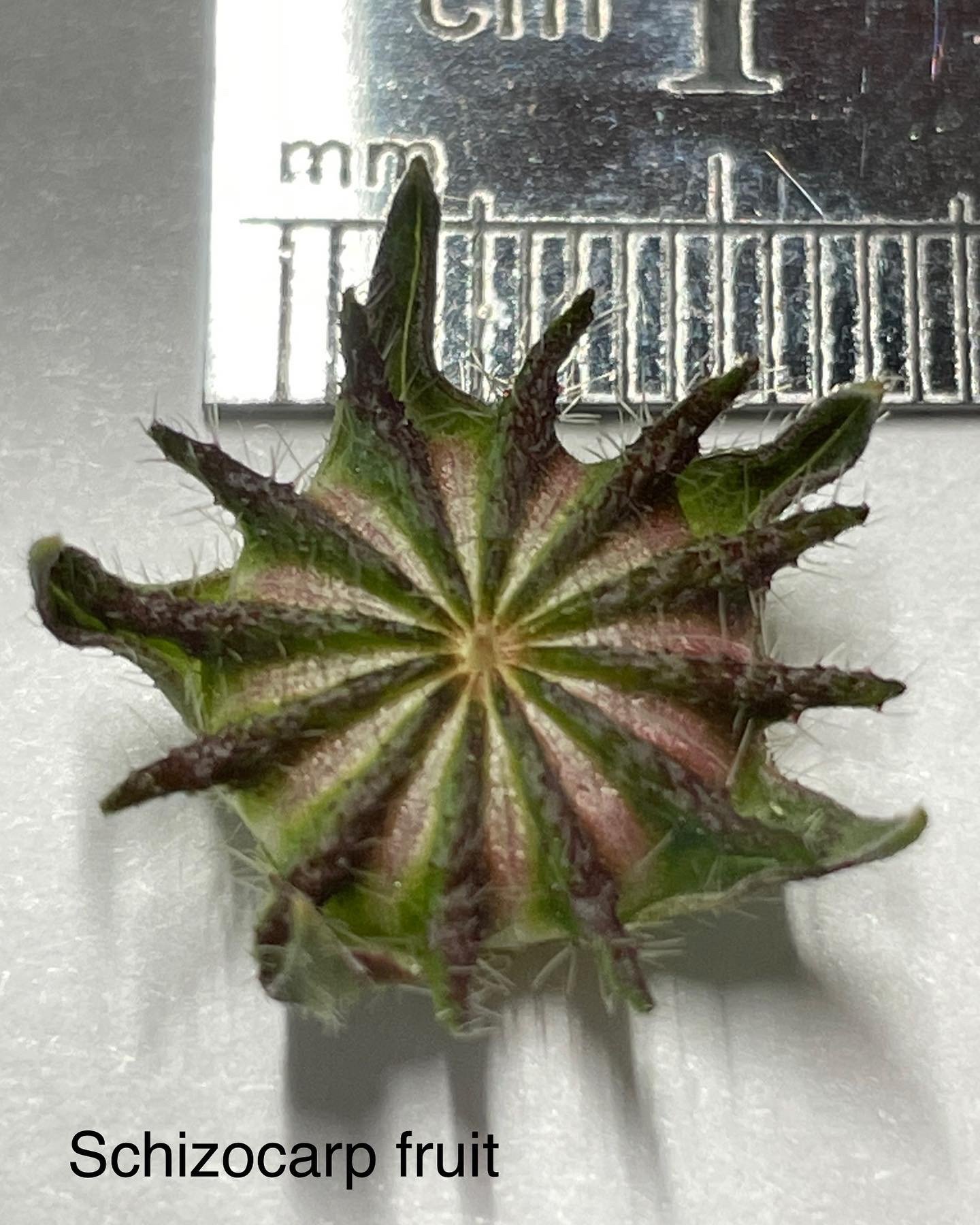
Habitat
A. cristata is native to tropical and subtropical areas of the Americas that experience seasonal dryness, however, it extends down to nearly the southern tip of South America, and up to the Southern United States [8]. Now, Kew Gardens claims it is introduced in all American states (save Texas, New Mexico, and Arizona), but the USDA is calling it Native in all the states of North America where it is found [8]; I am going with the latter source for now.
How can it be native to New Mexico, but introduced in neighboring Colorado? Why is this not just considered by Kew to be its native range? There could be compelling answers for these questions, however, Kew gardens reported that it was too underfunded, and short-staffed to provide an answer to this query. I am truly sorry to hear this.
In Mexico, alache is found on roadsides, empty lots, deciduous forests, milpas (semi-feral plots with cultivated plants interspersed [6]), and cultivated fields/gardens amongst the tomato, corn, beans, and chili where it (the flowers, stems, and leaves) are collected and sold at market [5].
[8] Anoda cristata (L.) Schltdl. crested anoda. USDA plants database. (n.d.). Retrieved August 25, 2022, from https://plants.usda.gov/home/plantProfile?symbol=ANCR2
[2] © Copyright 2022 World Checklist of Vascular Plants. http://creativecommons.org/licenses/by/3.0
Traditional Medicinal Uses of Alache
Being more esteemed as a food source than a medicine, alaches are used with other plants in a tea infusion to treat fever/cough, stomach inflammation, wounds, and as a rinse to combat balding [9].
Alaches in Music
Alache Recipes
Like all Malvacea family members (save cotton), this one is edible, and seemingly cooked with great skill and esteem in Mexico in soups. In Mexico, it is much more esteemed as a quelita (potherb) than a medicine [9]. In Mexico, it is considered preferable to harvest the leaves of young plants because, as the plant sets fruit, the color and texture of the leaves change in a way that reportedly makes it less palatable [9].
Although it is native to a good portion of North America, you will be hard-pressed to find a recipe in English (I found none). However, you will find no shortage of Youtube videos if you search recetas de violeta, sopa de violeta, or caldo de alaches/violeta.
The recipes tend to be similar: strip the young leaves (discarding the flowers), boil your water in a clay pot, add cubed zucchini squash to the water, add the alache leaves, onions, garlic, maybe a hot pepper, and salt. Many recipes on Youtube that refer to the plant as “alache” also add a spice known as pipicha (Porophyllum linaria).
[1] Pichardo, J. M. (n.d.). Anoda cristata (L.) Schltdl. Anoda cristata - ficha informativa. Retrieved August 23, 2022, from http://www.conabio.gob.mx/malezasdemexico/malvaceae/anoda-cristata/fichas/ficha.htm#6.%20Impacto%20e%20importancia
[2] The International Plant Names Index and World Checklist of Vascular Plants 2022. Published on the Internet at http://www.ipni.org and https://powo.science.kew.org/
[3] Anoda cristata (L.) schltdl.: Plants of the World Online: Kew Science. Plants of the World Online. (n.d.). Retrieved August 23, 2022, from https://powo.science.kew.org/taxon/urn:lsid:ipni.org:names:1218005-2
[4] Elpel, T. J. (2021). Botany in a day Apg: The patterns method of plant identification: An Herbal Field Guide to Plant Families of North America. HOPS Press, LLC.
[5] Lara, D. C., Peña, F. B., Ovando, L. M. M., & Boettler, R. A. B. (n.d.). Los quelites, Tradición Milenaria en México - gob. Retrieved August 25, 2022, from https://www.gob.mx/cms/uploads/attachment/file/231814/Los_quelites_una_tradicion_milenaria_en_mexico.pdf
[6] TeachEthnobotany. (2015, September 1). People, Agroecosystems and weeds in Mexico. YouTube. Retrieved August 25, 2022, from https://www.youtube.com/watch?v=R03CDLYjnBQ&t=393s
[7] Plantfiles: Crested Anoda, Snowcup, spurred Anoda, Wild Cotton. Dave's Garden. (n.d.). Retrieved August 25, 2022, from https://davesgarden.com/guides/pf/go/2045/
[8] Anoda cristata (L.) Schltdl. crested anoda. USDA plants database. (n.d.). Retrieved August 25, 2022, from https://plants.usda.gov/home/plantProfile?symbol=ANCR2
[9] Rendón, B., Bye, R., & Núñez-Farfán, J. (2001). Ethnobotany Ofanoda cristata (L.) schl. (Malvaceae) in central Mexico: Uses, management and population differentiation in the community of Santiago Mamalhuazuca, Ozumba, state of mexico. Economic Botany, 55(4), 545–554. https://doi.org/10.1007/bf02871717
[10] Weber, W. A., & Wittmann, R. C. (2012). Colorado Flora: Eastern Slope. University Press of Colorado.


